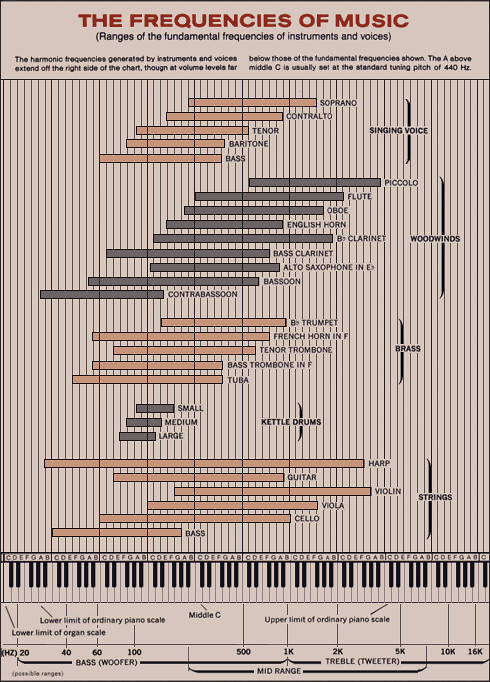Steve Williams
Site Founder, Site Co-Owner, Administrator
If you sit in Davids room and listen to some solo vocalists you can literally see down the singer's throat and hear every movement of the tongue or the glottis moving with swallowing is about as real as it gets. I've never heard that in any system including Jim's in Manila which for my ears is the greatest system I've ever heard. People need to hear David's system to understand the beauty of the mid range in his system. IMO this is not only a result of the Bionor speakers but also the Lamm electronics which do mid range in a magical way for my ears.








